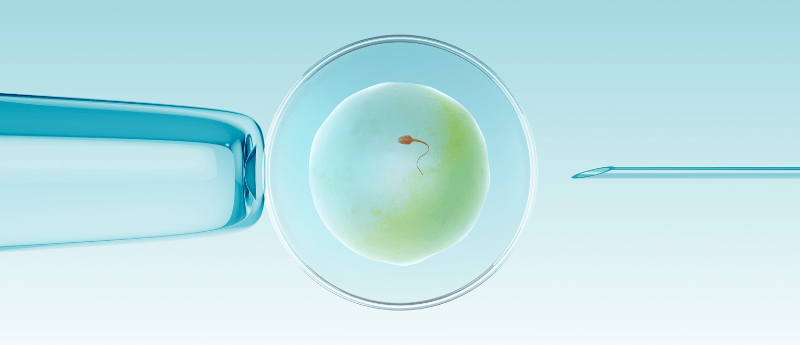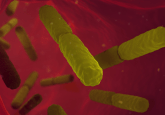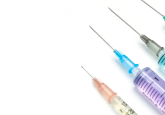This new noninvasive method can better predict IVF outcomes

Developed by scientists at the University of California San Diego School of Medicine (CA, USA), a novel noninvasive test shows promising potential for predicting the success of in-vitro-fertilization (IVF).
IVF is a widely used fertility treatment involving the removal of an egg from a woman’s ovaries and subsequent fertilisation with sperm in a laboratory. Provided fertilization is successful, the embryo is then transferred back into the woman’s womb.
IVF is one of the most invasive and costly fertility treatments, but it is also one of the most successful. In the US, the IVF live birth rate ranges from between 20% and 40% for females under the age of 40. Although the success rate of IVF is dependent on a range of factors, one of the most common challenges in IVF success is ensuring embryo quality.
Now, the novel approach developed by the team at UC San Diego School of Medicine can improve the predictability of lab-grown embryo quality. The method involves analyzing leftover culture media from lab-grown embryos to detect small particles of genetic material called exRNAs. These exRNAs, released by the cells into their surroundings, offer insights into the embryos’ developmental stages.
“Unfortunately, IVF success still involves a big element of chance, but that’s something we’re hoping our research can change,” explained co-senior author H. Irene Su. “Right now, the best way we have to predict embryo outcome involves looking at embryos and measuring morphological characteristics or taking some cells from the embryo to look at genetic makeup, both of which have limitations.”
The new technique, resembling a blood test, differs by analyzing molecules in the fluid sample used to grow embryos, ensuring a noninvasive and patient-friendly process.
The team trained a machine learning model using exRNA data from culture media for embryos at five different developmental stages. These exRNAs represent the numerous different genes that are expressed in embryos at each developmental stage.
The team discovered that the model successfully predicted embryo morphological measurements used in current embryo tests, indicating its promising potential in assessing embryo quality.
The researchers do acknowledge the need for further research to clarify whether the test can directly predict positive IVF outcomes, such as successful births. Despite this caution, the team envisions that the new approach could simplify the IVF process, making it more efficient, less invasive and less challenging for families seeking fertility treatment once further validation is achieved.





